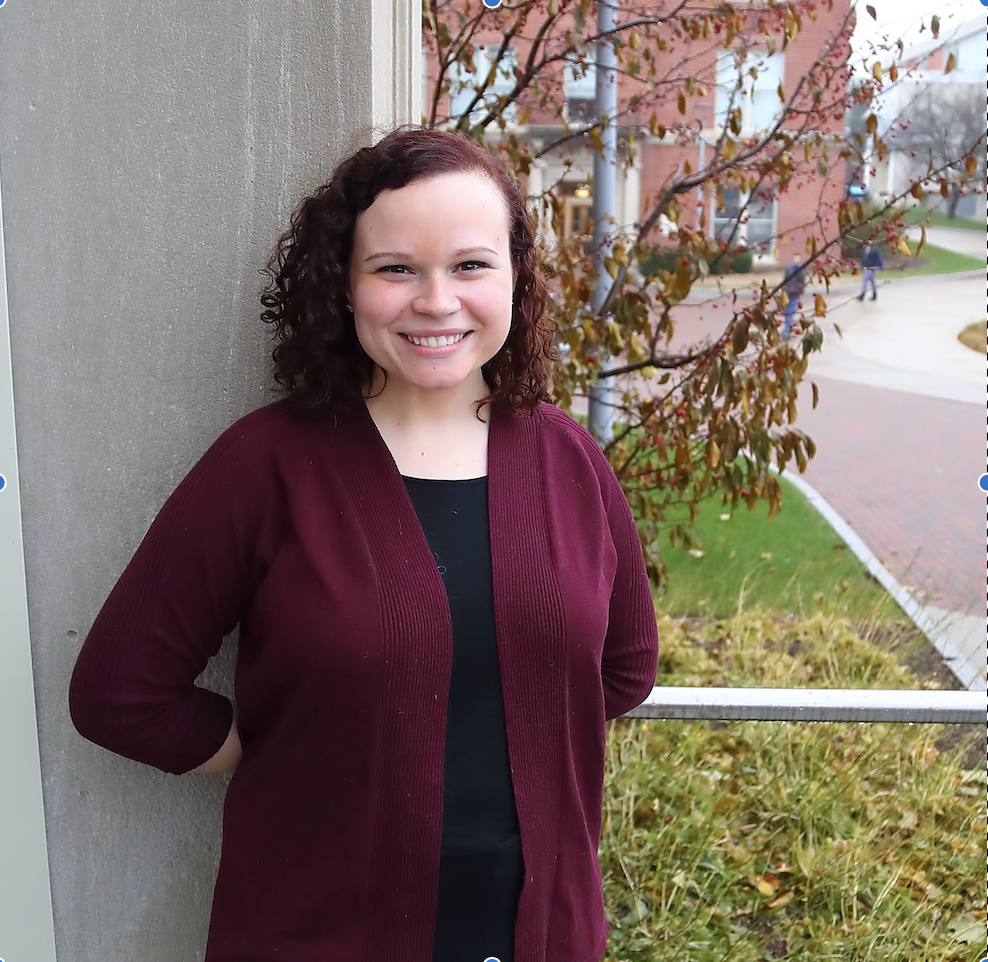Child / Adolescent - Trauma / Maltreatment
(PS4-C56) The Role of Emotion Dysregulation and Childhood Emotional Abuse in Depression, Anxiety, and Stress: A Path Analysis
Friday, November 17, 2023
1:00 PM - 2:00 PM PST
Location: Regency Ballroom, Level 7

Megan C. Kennedy, M.A.
Clinical Extern/Research Assistant
Northern Illinois University
Dekalb, Illinois- HO
Holly Orcutt, Ph.D.
Professor
Northern Illinois University
DeKalb, Illinois
Author(s)
Co-Author(s)
Childhood emotional abuse is associated with mental health outcomes in adulthood, with research suggesting emotion dysregulation (ED) mediates this association (Christ et al., 2019). Few studies have isolated effects of emotional abuse and ED on various symptom clusters (Khosravani et al., 2019). The current study tested path analysis models in which ED mediated associations between childhood emotional abuse and depression, anxiety, and stress symptoms. A diverse sample of 206 female undergraduate participants (42.3% White, 33.5% Black, 4.8% Asian; 25.1% Hispanic/Latino) completed measures of ED (DERS; Gratz & Roemer, 2004), childhood abuse (CTQ; Bernstein & Fink, 1998), and depression, anxiety, and stress (DASS; Lovibond & Lovibond, 1995). Childhood emotional abuse was reported by 56.8% of the sample and significantly correlated with sexual and physical abuse, stress, anxiety, depression, and ED. ED was anticipated to mediate relationships between childhood emotional abuse and depression, anxiety, and stress. All statistical analyses were tested in R. A covariance matrix was evaluated and an initial model that included physical and sexual abuse and all possible pathways evidenced poor model fit. Emotional abuse was the only abuse type that significantly predicted ED, depression, stress, and anxiety (p < .05). Goodness-of-fit indices, standardized regression weights, and chi-square test of significance were used to test model fit and inform model modification. Two path analysis models were fit. Childhood sexual and physical abuse were maintained in both models and correlated with emotional abuse. Model A included direct paths from emotional abuse to depression, anxiety, and stress, with indirect effects through ED. This model was a good fit, χ2(8) =15.85, p</em> = .045. Emotional abuse was a significant predictor of ED (β = .47; p < .001), and ED significantly predicted depression (β = .65; p < .001), stress (β = .58; p < .001), and anxiety (β = .54; p < .001). Emotional abuse had a significant direct effect on depression (β = .18; p = .001), stress (β = .22; p < .001), and anxiety (β = .17; p =.006). Indirect effects of emotional abuse, through ED, on depression (β = .31; p < .001), stress (β = .27; p < .001), and anxiety (β = .25; p < .001), were significant. Partial mediation was supported. Direct pathways were removed to test a constrained full-mediation model (model B). This model was a good fit, χ2(11) = 33.330, p</em> < .001. Emotional abuse was a significant predictor of ED (β = .47; p < .001), and ED significantly predicted depression (β = .74; p < .001), stress (β = .69; p < .001), and anxiety (β = .62; p < .001). Indirect effects from emotional abuse, through ED, on depression (β = .35; p < .001), stress (β = .32; p < .001), and anxiety (β = .29; p < .001), were significant. The chi-square difference test was significant, with model B a better fit for the data, p < .001. A model with paths from emotional abuse to ED, and from ED to depression, stress, and anxiety, was supported. Emotion dysregulation plays a critical role in the relationship between childhood emotional abuse and depression, stress, and anxiety. Future research should aim to further delineate facets of emotion dysregulation most associated with the onset and maintenance of specific types of psychopathology.

